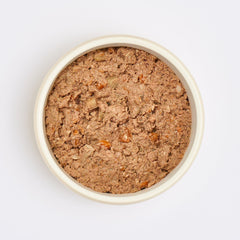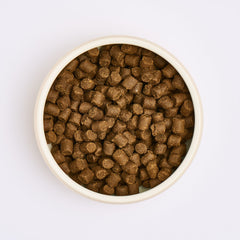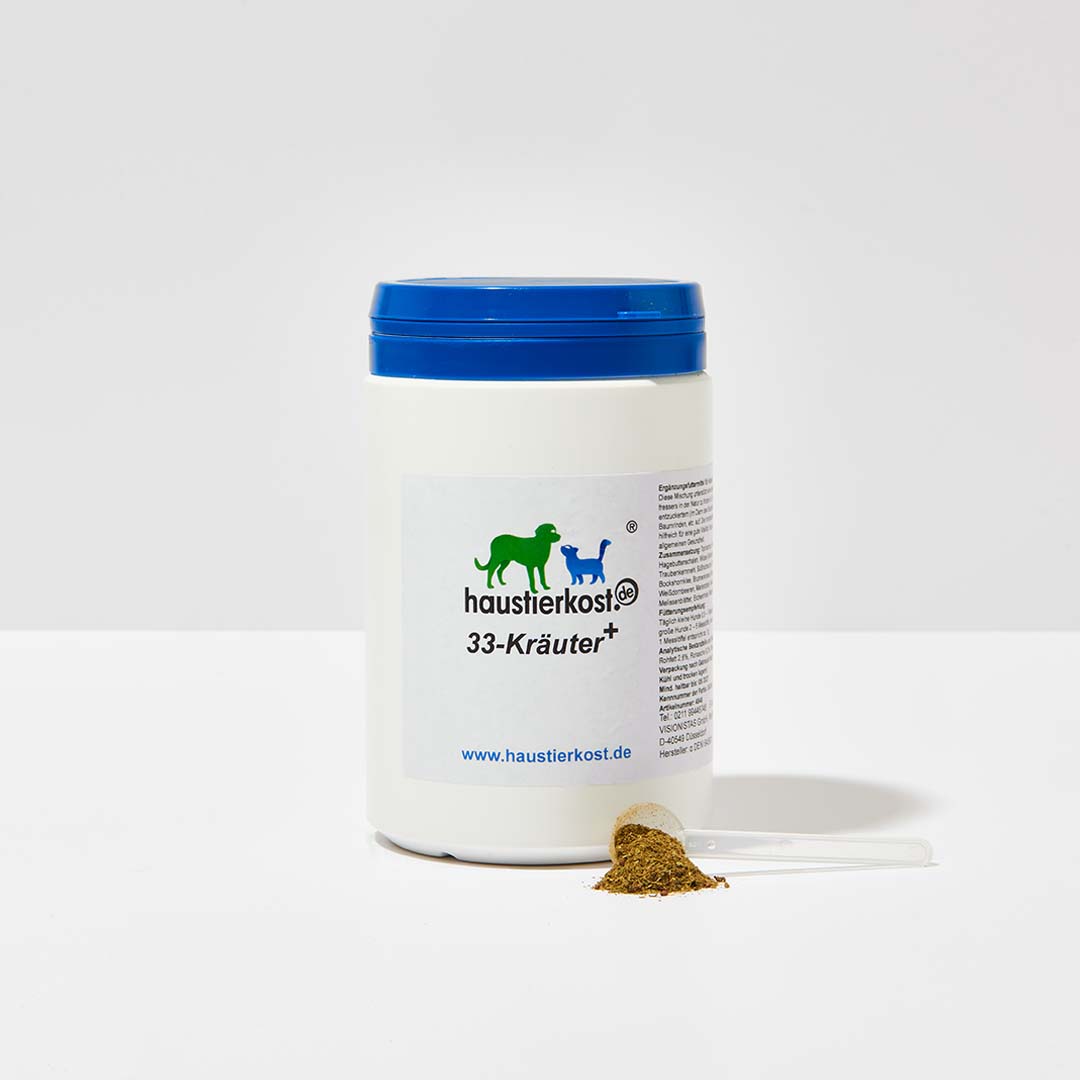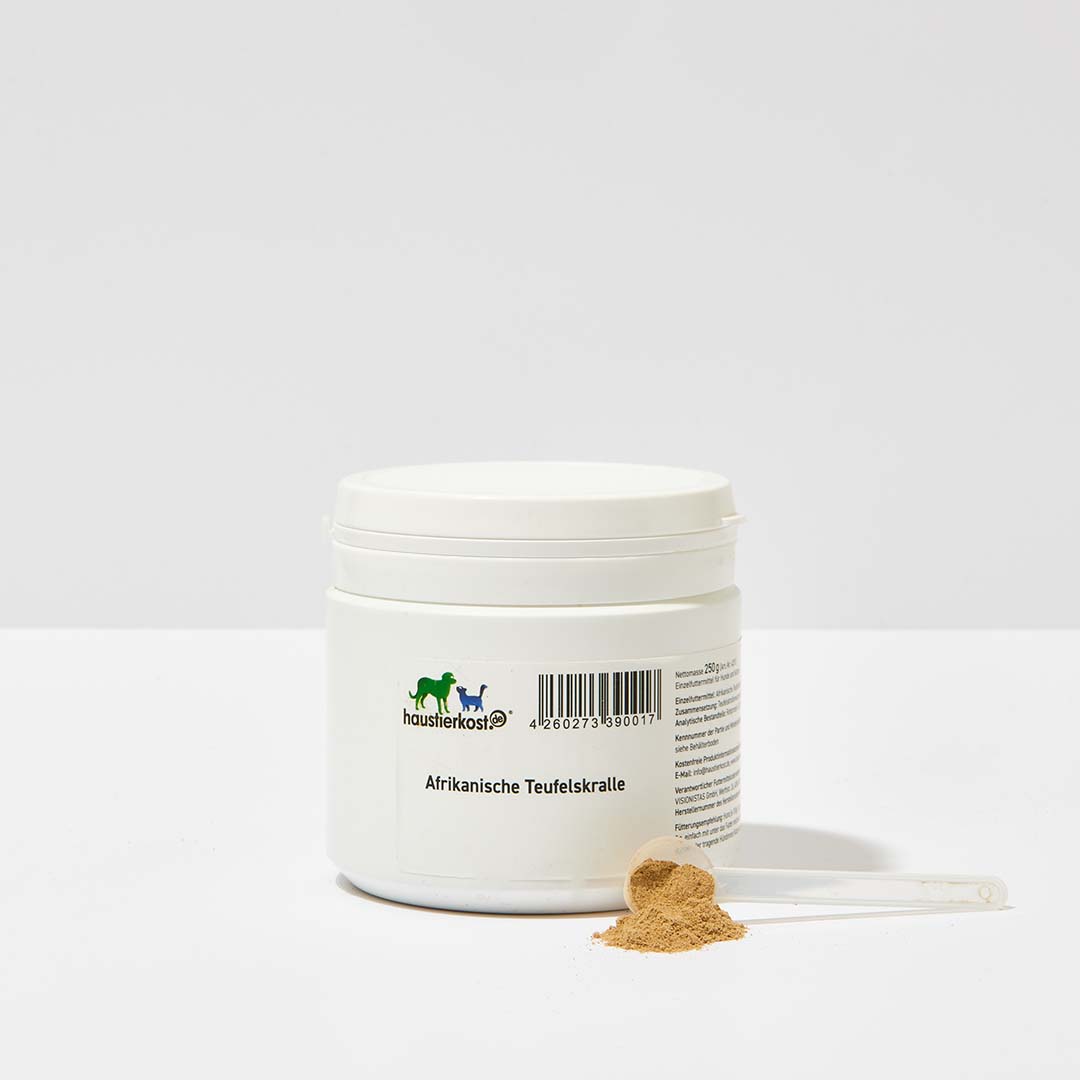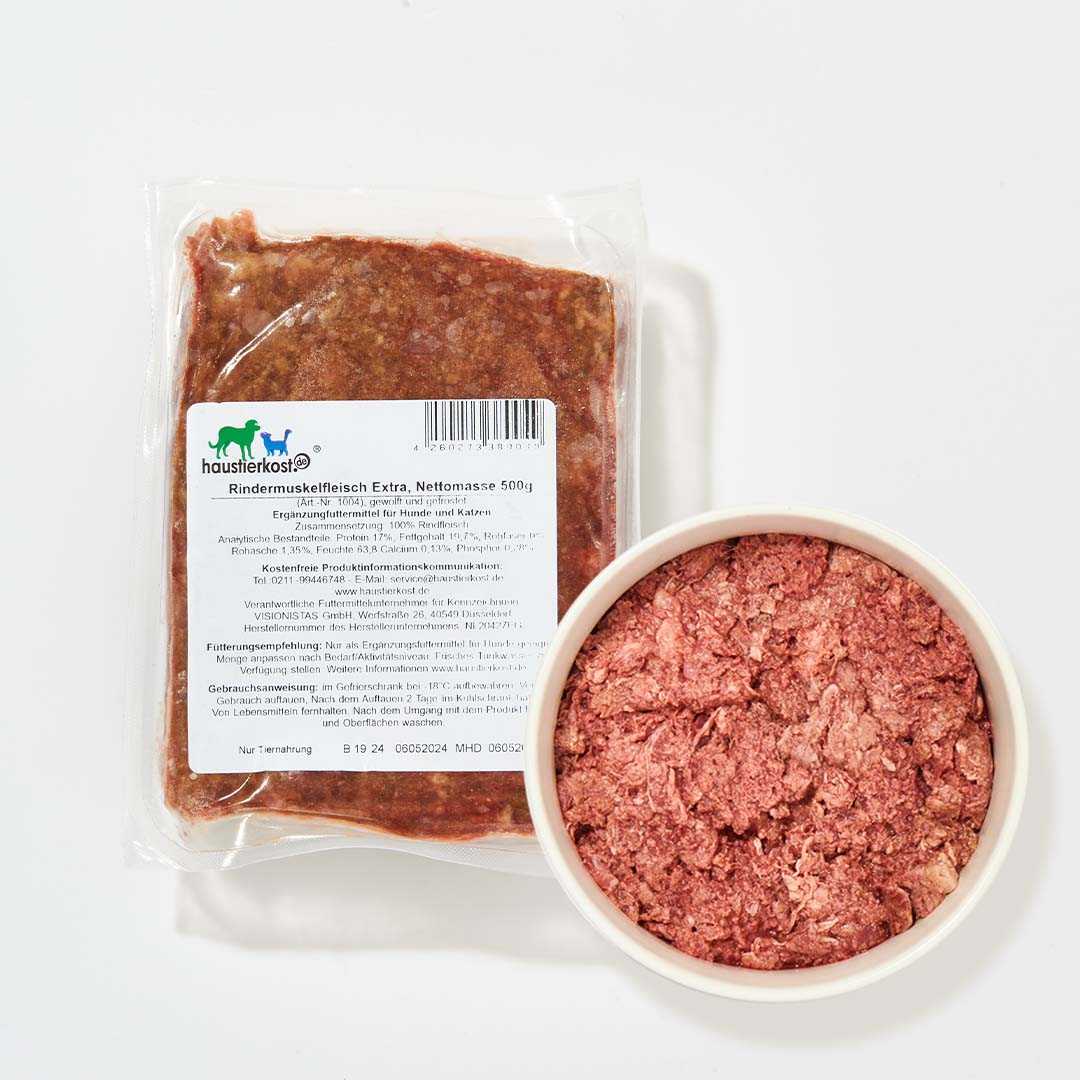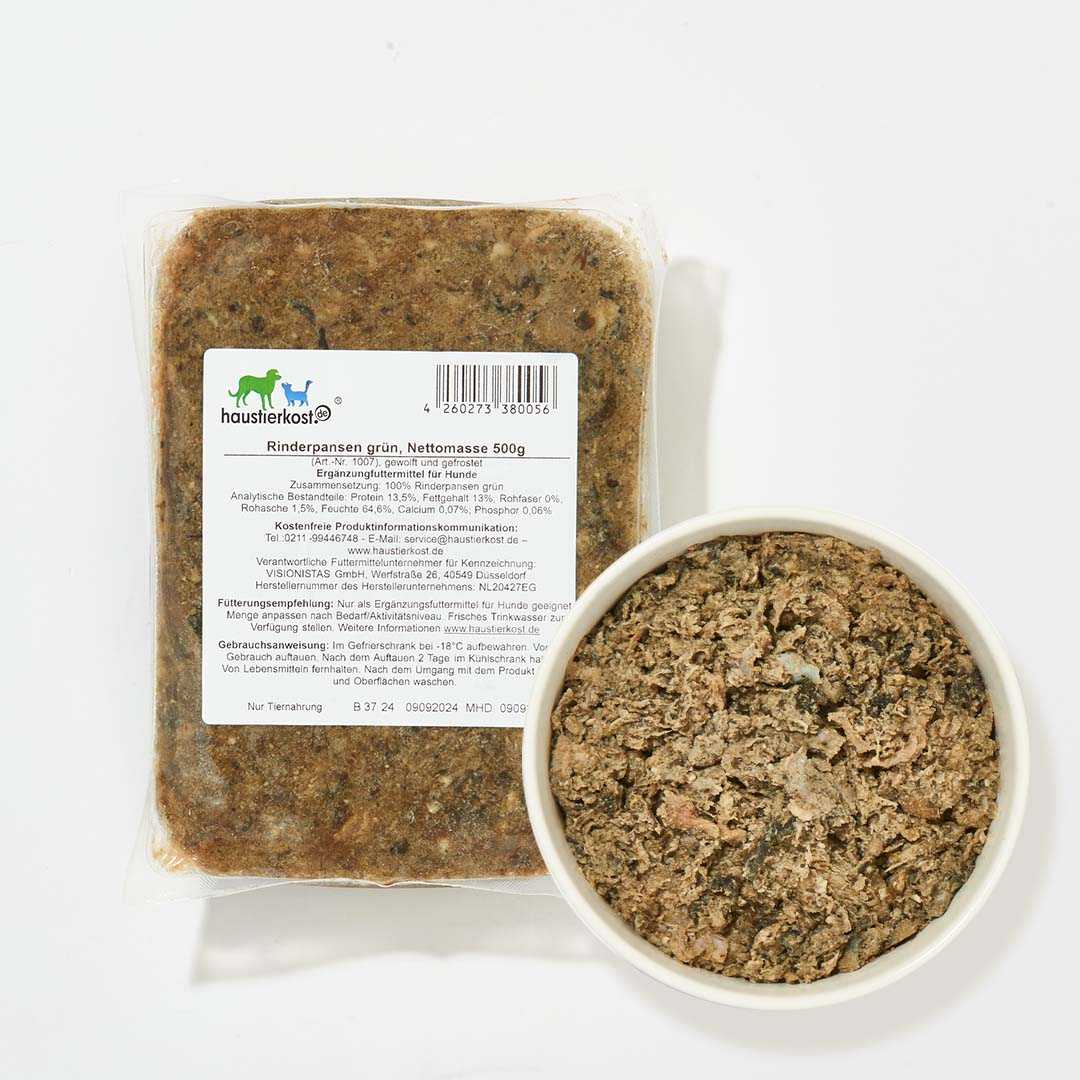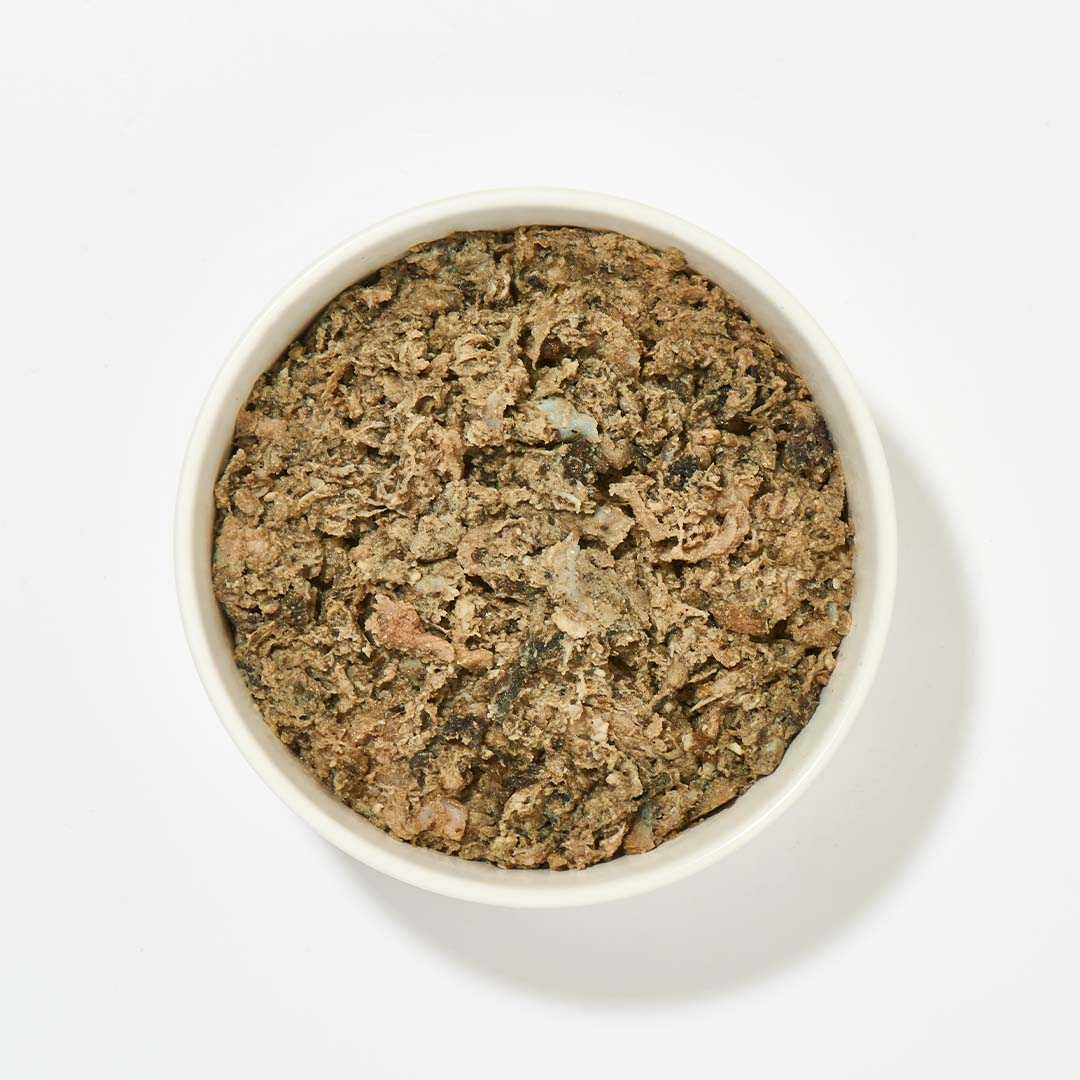A parasite infestation in dogs can lead to serious illnesses and infections, some of which can even be transmitted to humans. Mites, fleas, ticks, protozoa and worms either nest in the internal organs of the four-legged friend or find a place on the surface of the body in the fur. Since a parasite infestation in dogs often only leads to symptoms after several days or even weeks, these illnesses are particularly insidious. That's why we show you what measures you can take to avoid parasites such as giardia or mites in dogs.
What type of parasite infestation is it in dogs?
First, we will look at the different types of parasite infestation in dogs. Basically, a distinction must be made between endoparasites (inside) and ectoparasites (on the skin). Endoparasites are also divided into worms and single-celled organisms. Worms include roundworms, hookworms, whipworms and tapeworms, which spread in the intestines and can lead to diarrhea and weight loss, especially in puppies. Lungworms and heartworms can also infect dogs. In the lungs, they make themselves noticeable through coughing and fever. In the heart, breathing problems and coughing are often triggered because these also spread to the pulmonary arteries. In general, this can also lead to a reduced resilience.
Giardia is a common single-celled organism in dogs. In older dogs, the infection is often asymptomatic, whereas puppies and young dogs often suffer from severe diarrhea. Leishmania, which is transmitted by mosquitoes and was therefore mainly widespread in southern Europe, poses an increasing risk. However, it is spreading further north and is causing symptoms in central and northern Europe. These include skin changes, lameness, weight loss and movement disorders. Unfortunately, leishmaniasis is also chronic, which is why long-term treatment is necessary.
Although ticks are ectoparasites because they nest on the skin, they are primarily dangerous as carriers of single-celled organisms. These include babesia, anaplasma and borrelia, which can lead to fever, vomiting, anemia or a weakened immune system. It is therefore important to inspect your four-legged friend after excursions through grass, bushes and undergrowth.
Mites are also widespread in dogs. They are part of the ectoparasites and spread quickly via shared blankets or brushes. Symptoms include itching, dandruff and dull fur, similar to atopic dermatitis . There are also demodex and ear mites. The former are responsible for hair loss, pustules and redness, which can lead to further infections with bacteria and fungi. Ear mites are noticeable as characteristic red dots in the ear folds and between the toes. They lead to itching and ear infections.
Fleas are also a parasite infestation in dogs. Like ticks, they primarily serve as hosts for diseases such as tapeworms and cause itching. At the same time, they can also cause allergic reactions that can lead to skin changes.
treatment and prophylaxis
If a dog is found to be infected with parasites, treatment by removing the parasites is usually easy. Speak to a veterinarian and ask for appropriate treatment. At the same time, however, you should pay attention to the diseases caused and the environment of the ectoparasites. Leishmaniasis, for example, can require lifelong treatment and the treatment of fleas can take several months, as eggs, larvae, etc. are very resistant. If you have other pets living with you, you must also check them for parasites.
There are also a number of options for prophylaxis, some of which you can even buy directly in our BARF shop . Tablets, oils and sprays are ideal for protecting dogs from parasites and use various substances to keep ticks and fleas away. If you find a tick on your dog, it should be removed. The best way to remove ticks from dogs is with tick tweezers or a tick hook. Regularly checking the fur is therefore particularly important for ectoparasites. Also speak regularly to veterinary staff about possible symptoms, skin irritations or trips to southern countries. You will receive direct help and certainly one or two valuable tips about parasite infestation in your dog.









